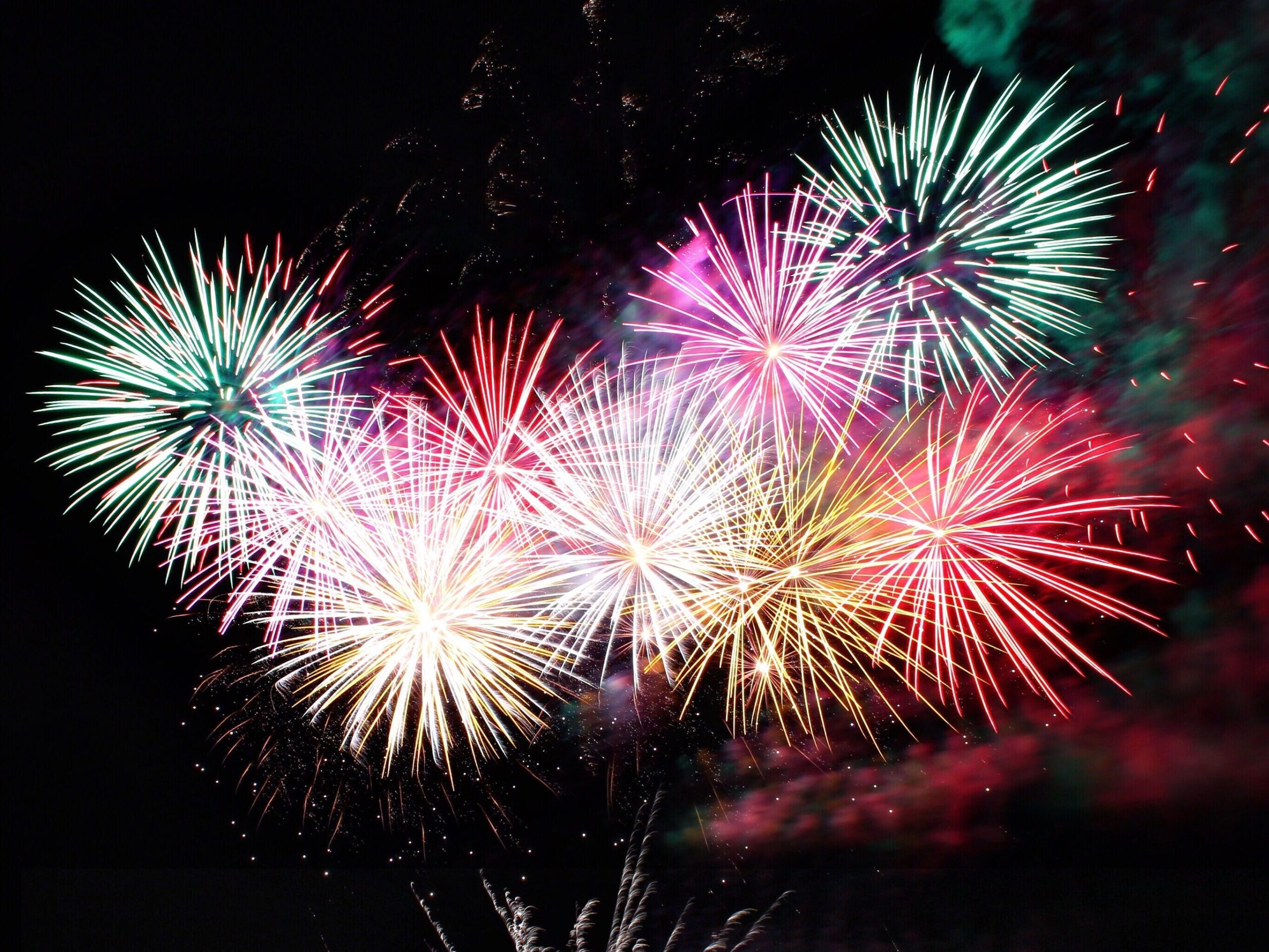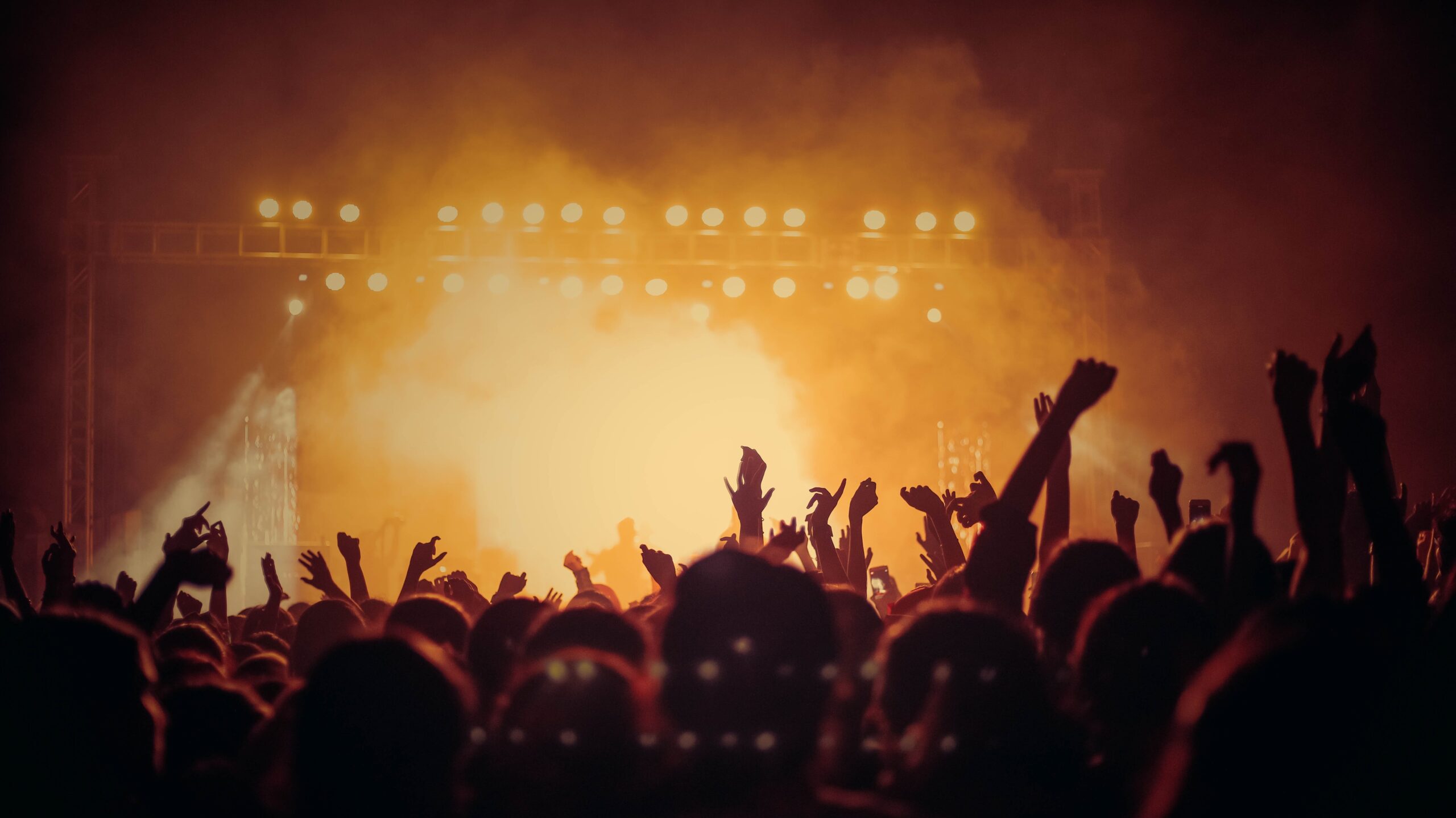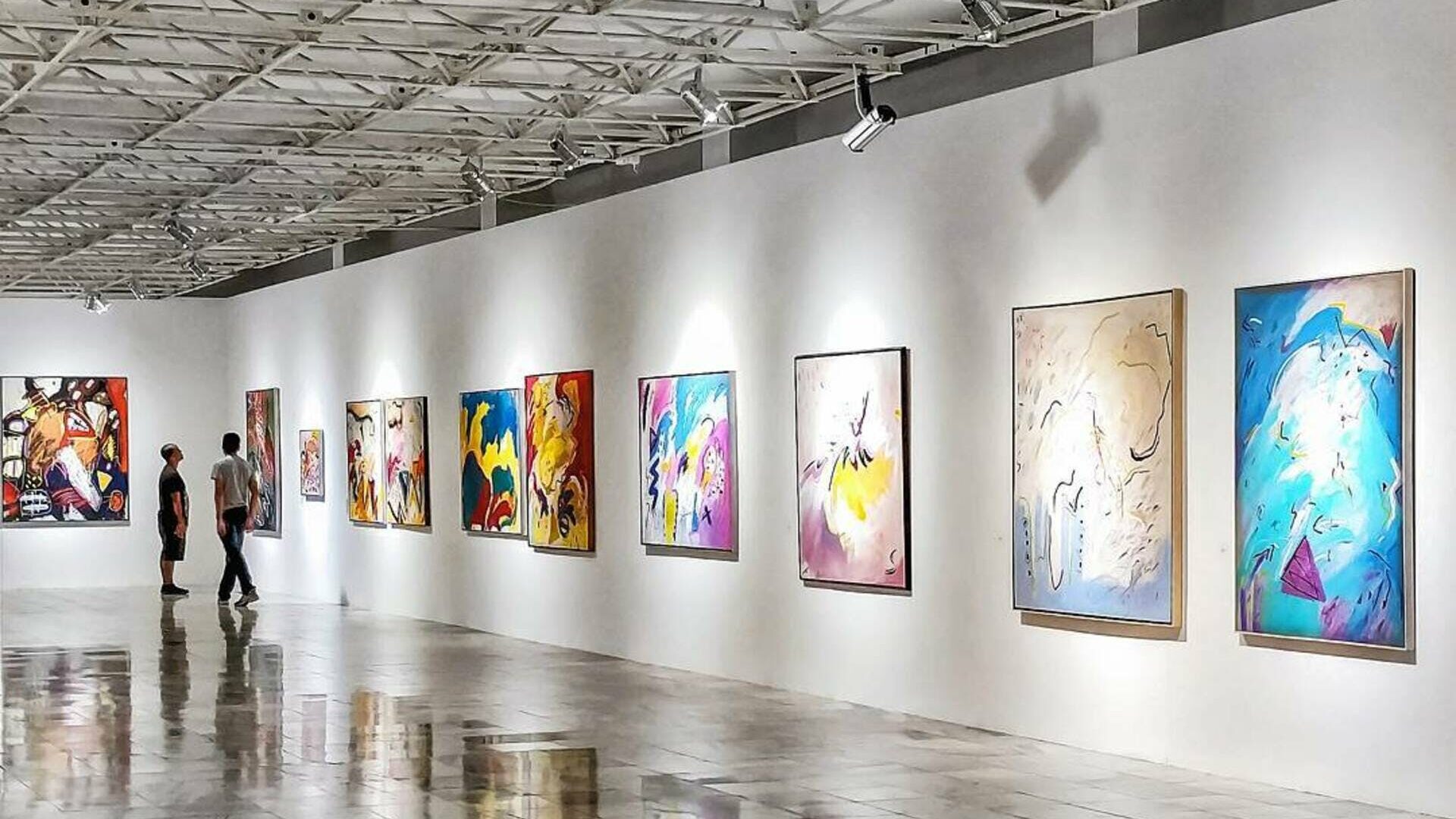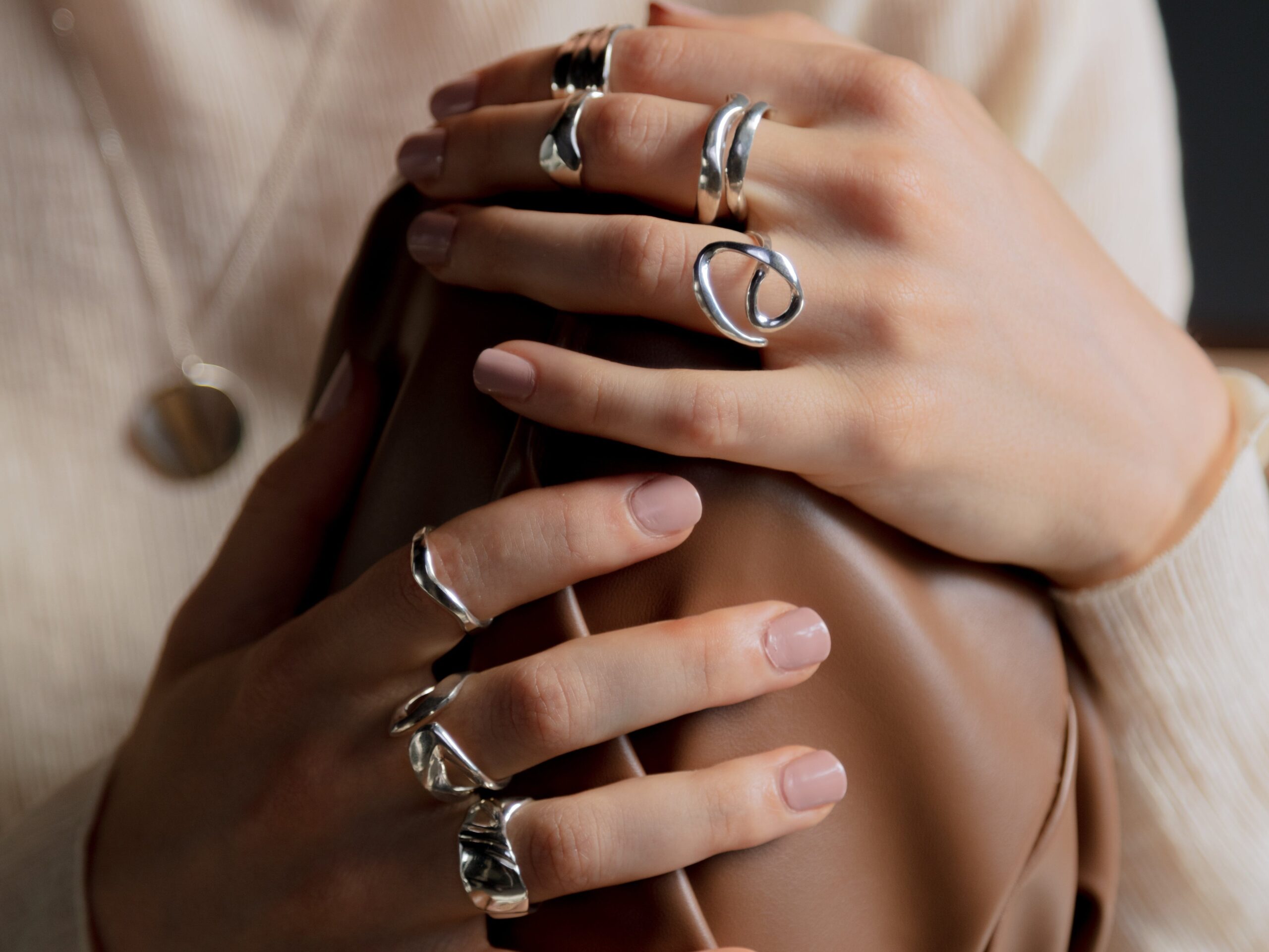
Are you a creative entrepreneur intrigued by innovative marketing strategies?
Then you’ve likely heard the buzz around experiential marketing.
It’s not just another industry jargon; it’s a game changer in how we connect with our audience.
If you have a business of any kind, standing out is key, and today, I’ll demystify experiential marketing for you, differentiating it from its cousin, event marketing.
We live in the experience economy. Today’s consumers, especially millennials and Gen Z, value experiences over products. They want to forge meaningful connections with the brands they buy from.
And in a very competitive digital marketplace, brands need to continually seek innovative ways to create lasting impressions.
Enter experiential marketing.
You may have heard the terms “experiential marketing” and “event marketing” used interchangeably.
But while related, they have distinct differences. Keep reading as I break down what experiential marketing is, how it differs from event marketing, and why it’s critical for creative entrepreneurs.
What is Experiential Marketing?
Experiential marketing is a memorable, sensory-driven approach to promote a brand. The goal is to actively engage consumers and forge lasting, emotional connections.
Rather than passive marketing tactics like ads, experiential marketing allows hands-on consumer participation. Brands craft immersive experiences for consumers to interact with products/services.
This drives brand awareness, loyalty, and advocacy.
Examples of experiential marketing include:
- Pop-up shops where customers can test new products
- Interactive brand installations at conferences/events
- Sponsoring a music festival with branded zones
- Partnering with influencers to host unique brand experiences
The key is active sensory engagement. Sight, sound, touch, taste, and smell immerse consumers in branded experiences. This sensory overload sticks in consumer memory, unlike traditional ads.
Download my Event Marketing Plan Blueprint for free!
How Experiential Marketing Differs from Event Marketing

Experiential marketing is often used interchangeably with event marketing. And while that’s not entirely wrong, there’s a couple slight nuances.
But while experiential marketing may utilize events, the two have key differences:
- Event marketing entails hosting an event to achieve a marketing goal. Events can range from intimate VIP gatherings to huge conferences/festivals. Brands sponsor events or host branded experiences at third-party events.
- Experiential marketing also is meant to help achieve a marketing goal, but can also have a more intentional sensory experience itself. It’s the interactive environment and activities used to immerse consumers within an event/activation.
For example, a brand hosts a sponsored music festival. The festival itself is an event, but within the festival are experiential elements like a pop-up lounge for sampling new products.
The festival gets people to the brand activation. And the sensory lounge experience helps to create an emotional memory-making-connection.
Why is Experiential Marketing Important?
In our digitally-driven, fast-paced world, consumers long for meaning and human connection.
Experiential marketing fulfills those desires in a memorable way.
For creative entrepreneurs, it provides invaluable opportunities to:
- Increase brand awareness: Immerse target consumers within your brand universe. Let them directly engage with your products/services through sensory touchpoints.
- Build authentic connections: Deeper than any social media follow or digital ad impression. Experiential marketing bonds consumers to your brand on an emotional, human level.
For example, I once helped a luxury travel brand partner with a boutique wine distributor to host an exclusive wine tasting and pairing event for VIP clients.
This immersive experience helped to cultivate very critical relationships for the distributor (and wineries) while building lasting brand awareness and loyalty for the travel company (i.e. it made ‘em look reallllly good).
- Gather consumer insights: Directly interact with consumers immersed in your brand experience. Gather their feedback in real time to keep improving.
- Differentiate from competitors: Cut through the digital noise with an innovative experiential activation no one else is doing. Be unforgettable.
- Generate shareable content: Consumers become your biggest advocates sharing posts/videos from your activation. User-generated content is incredibly powerful.
The benefits are immense. And with consumers seeking IRL connections, experiential marketing delivers immense value.
So rather than another digital ad campaign, brainstorm an experiential activation that brings your brand to life.
Immerse consumers within your brand universe. Cultivate lasting bonds on an emotional level.
Related post: What Is Event Marketing and Why Is It Important for My Business?
Background of Experiential Marketing
Don’t worry, this is no boring AP history class.
One of the best ways to understand a new concept is to travel back in time and understand where it comes from and the processes that led to its inception.
For experiential marketing, we have to look at late 19th and early 20th century branding tactics.
Believe it or not, the 1893 Chicago World’s Fair allowed for increased global brand awareness, which in turn paved the way for experiential marketing as we know it today.
The Chicago World’s Fair debuted now-famous brands like Wrigley’s Juicy Fruit gum, Pabst Blue Ribbon beer, and Cracker Jack snacks. Brands handed out product samples and branded souvenirs to create lasting impressions and drive sales.
This early brand activation showed the power of experiential marketing. Another pioneer was P.T. Barnum, who created immersive circus experiences that captivated audiences.
In 1936, Oscar Mayer launched the Wienermobile, handing out branded whistles to promote their hot dogs. This combination of experience and memorabilia became a legendary campaign.
So very early brand activations at events helped shape modern experiential marketing strategies we see today.
The power of immersive experiences was clear even 100+ years ago!
How Experiential Marketing Works
So far, we’ve stayed pretty theoretical in our exploration of experiential marketing, and if you’re still confused, I don’t blame you.
In fact, when I first started learning about experiential marketing, I felt overwhelmed trying to understand how to actually apply it.
However, the fact that I went on to plan many successful activations for major brands shows that it’s more straightforward than it seems.
The key is creating interactive experiences that engage the senses. This sensory immersion sticks in consumer memory and builds emotional connections.
I’ve included examples below to showcase experiential marketing in action across different industries.
Example #1: Pop-Up Art Exhibit

You’re an emerging artist who wants to build their collector base and art brand awareness. You could host a limited-run pop-up exhibit showcasing your latest work.
This gives new audiences a chance to view and potentially purchase pieces. It also generates buzz for your unique style of art and can bring in new potential leads.
As a creative entrepreneur, you could similarly host a pop-up shop for your designs, prints, jewelry or other artistic products.
Give consumers hands-on access before launching your online store. Use their feedback to refine offerings while building your brand.
Steps to create a pop-up exhibit:
- Scout event venues or available retail spaces
- Creatively display your artwork and products
- Offer special discounts or limited edition works
- Collect visitor feedback and contact info
- Promote the pop-up through email and social channels
Example #2: Hand-Crafted Jewelry Brand Experience

Let’s imagine you’re a handmade jewelry brand who wants to engage customers at a local craft fair.
They provide supplies and guidance for attendees to create their own jewelry.
This interactive experience sticks in customers’ minds.
As a creative entrepreneur, you could also let customers co-create products. Guide them in using your tools, supplies, or designs in a branded workshop.
Steps to create a crafting experience:
- Set up a booth/space at a fair or event
- Provide supplies and instructions
- Show examples of final products
- Let customers get creative hands-on
- Offer branded takeaways like tote bags
Making experiences interactive, creative, and rewarding leaves a lasting impression on customers.
Example #3: Interior Designer Partnership

Let’s say you’re an interior design firm who wants to attract new clients. You could partner with an art gallery to co-host a cocktail party showcasing local artists’ works.
Attendees can tour the gallery while enjoying branded signature cocktails (always a hit) and your own unique spin on decor.
As an entrepreneur, look for events or collaborations tied to your audience. Co-create an experience that lets them engage with your brand in a memorable way.
Steps to create a co-hosted event:
- Identify a strategic partner with an overlapping audience
- Co-design an immersive event experience
- Feature your products or services prominently
- Collect attendee contact info and feedback
- Promote across both brands’ marketing channels
Co-hosting makes your brand part of a new experience while expanding your reach.
Explainer Video Time: Experiential Marketing
Still not sure you get experiential marketing well enough to employ it for your business just yet? We all learn in different ways.
Check out this video to see if it helps you out:
Pretty interesting, right? I especially like how he explained how much sales increased when Red Bull ran one of their experiential marketing campaigns.
Hopefully experiential marketing is crystal clear to you now!
I first launched Elevate Collective Co. because there was a lack of accessible information for creative entrepreneurs like you and me.
Do you still have questions? No shame in that! You can contact me here at or find me on social media, where I’m always happy to answer any questions.
One thing you can do to get started with getting eyeballs on your events and experiences is to download my free complete Event Marketing Blueprint.